
Always On Display Not Working? How to Fix It on Android and iPhone

"AOD suddenly stopped working. So, I was using my nothing phone 1 like usual, and when I pressed the button to lock it, it just simply went black, I've been using the phone for over a month and I've always used AOD, it's the first time it's happened to me. I have a 42% battery and I'm not using power save mode. Can someone help me, btw, I've already restarted it and nothing has changed, can someone help me pls."
- From Reddit
Have you ever glanced at your phone expecting to see the time, date, or a missed notification - only to be met with a blank screen? If your Always On Display (AOD) has suddenly stopped working, you're not alone. This handy feature, designed to keep key info visible even when your phone is locked, can occasionally glitch or go silent for seemingly no reason.
But don't worry - this guide is here to help. We'll explore the possible reasons why always on display and not working and walk you through effective solutions for both Android and iPhone users. Whether you just updated your system or accidentally toggled a setting, we'll help you get that familiar glanceable screen back in no time.
Before diving into solutions, let's look at a few common reasons your AOD might have stopped working:
Now, let's walk through a step-by-step troubleshooting process, tailored for both Android and iPhone users.
Sometimes, the fix is as simple as flipping a switch.
Android:
Step 1. Go to "Settings" > "Display" > "Always On Display".
Step 2. Make sure the feature is enabled and choose your preferred mode like "Show always" or "Tap to show".
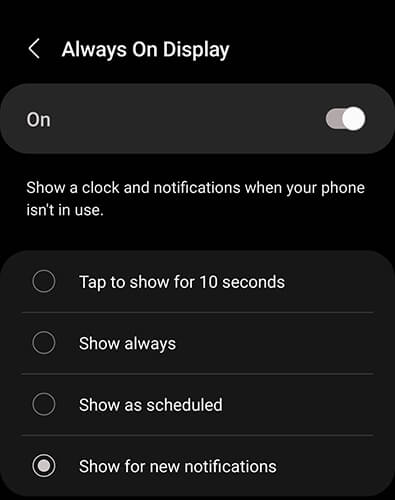
iPhone: [Supported only on models like iPhone 14 Pro and later.]
Step 1. Go to "Settings" and choose"Display & Brightness".
Step 2. Find the "Always On Display" option and ensure it's toggled on.
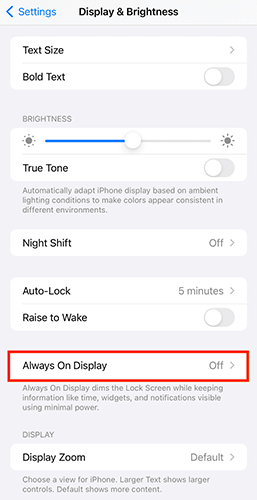
Battery-saving features may silently turn AOD off to conserve energy.
Android:
Step 1. Head to "Settings" > "Battery".
Step 2. Turn off any power-saving modes. On some brands like Samsung, "Maximum Power Saving" may completely disable AOD.
iPhone:
Step 1. Go to "Settings" > "Battery".
Step 2. Disable "Low Power Mode". While this mode extends battery life, it can temporarily pause visual features like AOD.
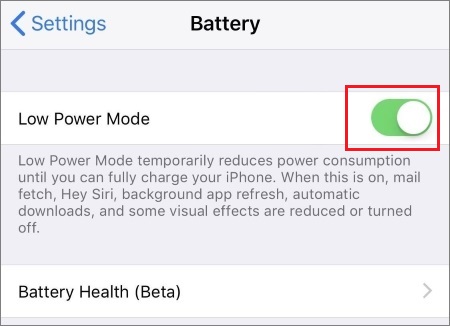
A quick restart can often fix small glitches instantly. It may sound simple, but restarting your phone is often the magic fix for a wide range of weird behaviors - Always On Display included. A fresh reboot can reset temporary bugs, free up memory, and reload the display modules properly.
Android:
Step 1. Press and hold the "Power" button (or "Power" + "Volume Down" on some models).
Step 2. On the menu that appears, tap "Restart" or "Reboot".
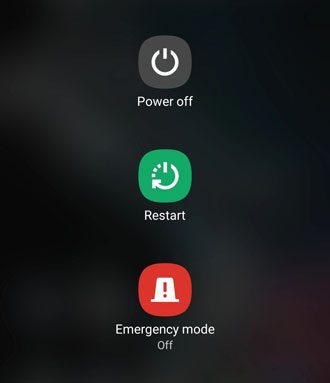
If your device doesn't show a restart option, tap "Power Off", wait 10 seconds, then press and hold the "Power" button again to turn it back on.
iPhone:
For iPhone X or later:
Step 1. Press and hold both the "Side" button and either "Volume Up" or "Volume Down" until the power-off slider appears.
Step 2. Drag the slider to turn off your iPhone.

Step 3. After the device powers down completely, press and hold the "Side" button again until you see the Apple logo.
For iPhone 8 or earlier:
Step 1. Press and hold the "Top" (or "Side") button until the power-off slider appears.
Step 2. Slide to power off, wait a few seconds, then press the same button to turn it back on.
Sometimes, AOD issues stem from outdated or buggy software.
Android:
Step 1. Go to "Settings" > "System".
Step 2. Hit "System update" to check for any pending updates. OEMs often release patches that fix display issues.
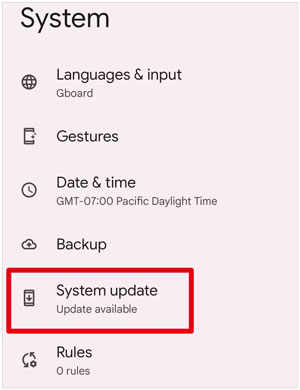
iPhone:
Step 1. Navigate to "Settings" > "General" > "Software Update".

Step 2. If a new update is available, install it to ensure your phone is running the latest bug-free version.
System junk or leftover data might be causing the feature to malfunction. Here is how to fix always on display not working by clearing the cache on Android and iPhone:
Android:
Try "Settings" > "Storage" > "Clear data" or use Recovery Mode to "Wipe Cache Partition". This won't delete your personal files, just temporary system data.
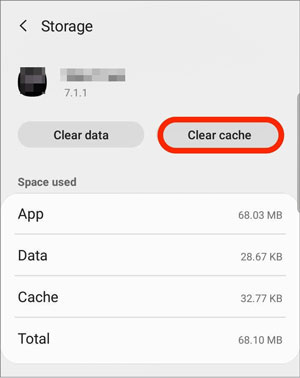
iPhone:
iOS doesn't allow cache clearing directly, but restarting the device or resetting settings (not data) via "Settings" > "General" > "Reset" can help.

App incompatibilities might be behind your AOD failure. Give your device a timeout and catch the real culprit.
Android:
Step 1. Hold the power button and long-press "Power off" to enter Safe Mode.
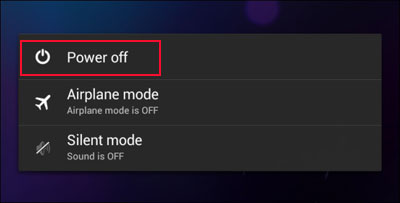
Step 2. If AOD works normally here, the issue is likely caused by a third-party app or theme.
iPhone:
iPhones don't have Safe Mode but try removing recently added widgets or apps to rule out conflicts.
Maybe your current AOD layout isn't compatible or is glitched.
Android:
Return to AOD settings and try switching to a different style, preferably a default system one. Some third-party themes may not display properly.
iPhone:
You can toggle AOD components like wallpaper and notifications. Try disabling parts to isolate what's causing the issue.
If none of the above solutions work and your Always On Display feature is still malfunctioning, your device might be experiencing a deeper system issue. In this case, we recommend using a professional system repair tool. Android Repair is a reliable and easy-to-use solution designed specifically for fixing Android system problems. With just a few clicks, you can resolve stubborn issues - even if you have zero technical skills.
Key Features of Android Repair:
How to fix "Always On Display Not Working" on Android via computer:
01Install and launch the Android Repair tool on your computer. You'll see a screen pop up. Simply click "Repair" from the main menu, then choose "Android Repair".
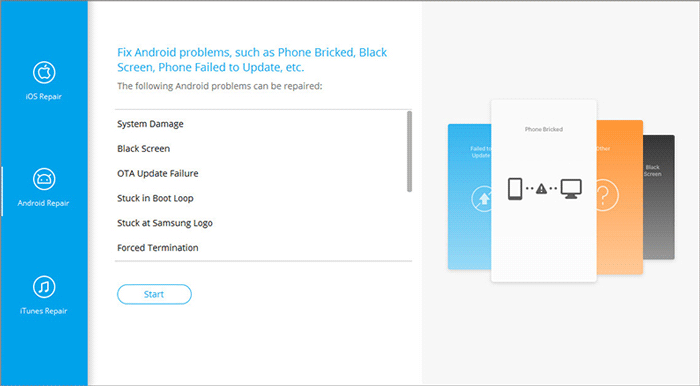
02Connect your Android device to the computer using a USB cable.
03On the next screen, select and confirm your device information, including brand, name, model, country, and carrier. Then, type in "000000" to confirm and proceed.
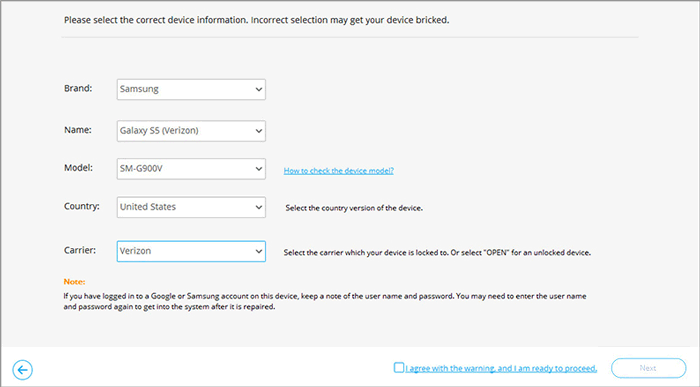
04Follow the on-screen instructions to enter Download Mode on your Android device. Click "Next", and the tool will start downloading the necessary firmware and flashing it to your device. After a short while, your Android device will be successfully repaired, and Always On Display should start working again.

For iPhone users, you can click the download button below to install a professional iOS system repair tool. It can fix various iPhone system issues - like Always On Display not working, unresponsive touch screen, black screen, or being stuck on the Apple logo - without losing any data.
If all else fails, a factory reset might be necessary. However, a factory reset will restore the phone to the latest state, which means all your data will be lost. So, please back up your Android and iPhone in advance.
Android:
Go to "Settings" > "System" > "Reset" > "Factory data reset" to wipe everything and restore default settings.

iPhone:
Open "Settings" > "General" > "Reset" > "Erase All Content and Settings".
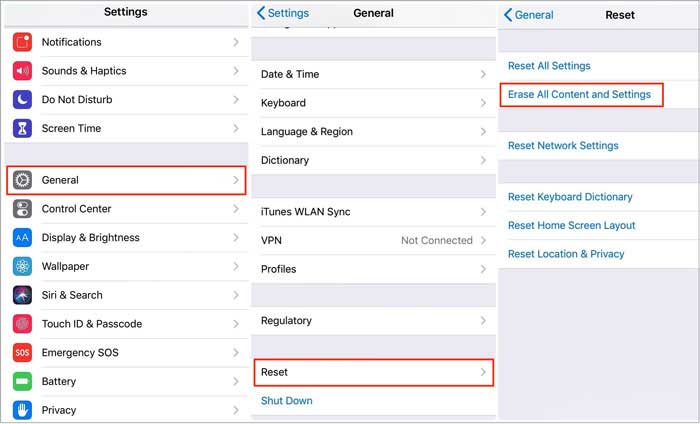
If all previous troubleshooting steps fail, the issue may stem from hardware-level problems such as motherboard or display driver malfunctions. We recommend visiting an authorized service center for a professional diagnosis. While this approach guarantees reliability, please note it may involve higher time and financial commitments.
These are the proven methods to help you fix the Always On Display not working issue. Go ahead and try one that suits your situation best.
If the problem is caused by a system-related issue, Android Repair (for Android) and iOS Repair (for iOS) are your best bet. They're easy to use, highly effective, and don't require any technical skills. We recommend using one of these tools to repair your device safely and efficiently.
Just make sure you pick the right tool for your mobile operating system, and you'll be one step closer to getting your AOD feature back in working order.
Related Articles:
iPhone Touch Screen Not Working or Responding? Here's The Fix
How to Fix Android Boot Loop with Top 8 Solutions [Updated in 2025]